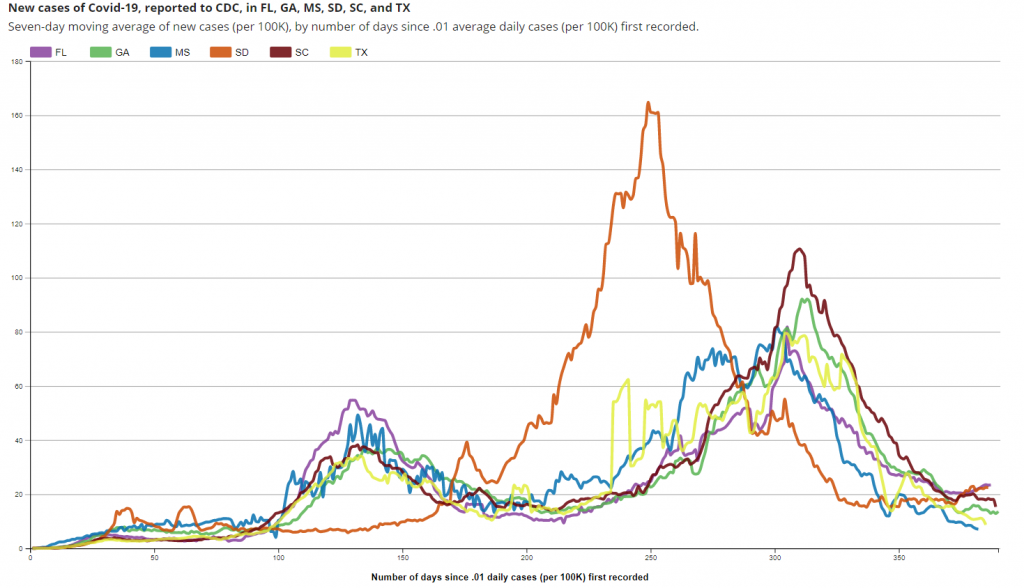On Lockdown Sceptics we have highlighted before the reasons that restrictions don’t have the expected effect of suppressing COVID-19. Partly it’s because lockdowns don’t prevent spread in hospitals, care homes and private homes, where much of the transmission happens, especially that which leads to serious disease. And partly it’s because people who are infectious and symptomatic fail to self-isolate, perhaps because they cannot, or cannot afford to, or because they think it’s just a cold.
It’s not because asymptomatic infection is a major driver of transmission. Despite this claim being much repeated, including by public health authorities, the evidence is that (as with other similar viruses) asymptomatic infection is barely infectious and contributes very little to the spread of the coronavirus.
We now have some clear data on how many people who develop COVID-19 symptoms actually follow through with self-isolation. A large nationally representative survey of 53,880 people published this week in the BMJ finds that less than a fifth (18%) of people who have COVID-19 symptoms take a test and less than half (43%) of those with symptoms (and who don’t test negative) fully self-isolate for 10 days without leaving home. Even at the height of the January surge, when hospitals were being stretched, only 52% of people with symptoms (and no negative test) fully self-isolated.
The survey asked the reasons for breaking the quarantine.
The most frequently reported reasons for not fully self-isolating were to go to the shops for groceries or to a pharmacy (21.5%), to go to work (15.8%), to go to the shops for things other than groceries or pharmacy goods (15.6%), because symptoms did not persist or were temporary (15.2%), to go out for a medical need other than COVID-19 (15.0%), to go for a walk or for some other exercise (14.8%), believing symptoms were only mild (14.5%), because symptoms got better (13.9%), thinking it was not necessary to stay at home (13.2%), being too bored (12.2%), to help or provide care for a vulnerable person (11.9%), to meet up with friends or family, or both (11.3%), and being too depressed or anxious (11.2%).
It also asked about reasons for not requesting a test.
The most common reasons for not requesting a test were thinking the symptoms were not due to COVID-19 (20.9%), symptoms had improved (16.9%), symptoms were only mild (16.3%), having no contact with anyone who had COVID-19 recently (13.0%), thinking that only self-isolation was needed (11.5%), not wanting to use a test that someone needed more (11.1%), not thinking you were eligible to get a test (11.0%), and being worried about how colleagues or employers would react if a test result was positive (10.0%).
This confirms there is no reason to believe in the evidence-free concept of widespread asymptomatic transmission to explain why lockdowns don’t work. With more than half of people who have symptoms not fully self-isolating, that’s plenty of opportunity for symptomatic transmission.
In terms of evidence that lockdowns don’t work, we now have a new study to add to our ever-growing list.
Christian Bjørnskov, a Professor of Economics at Aarhus University in Denmark, has this week published a study, “Did Lockdown Work? An Economist’s Cross-Country Comparison“, in the Oxford academic journal CESifo Economic Studies. The study explores “the association between the severity of lockdown policies in the first half of 2020 and mortality rates”. In a sophisticated analysis that draws on the Blavatnik Centre’s COVID-19 stringency index, Professor Bjørnskov addresses “policy endogeneity in two different ways” and takes “timing into account”, and concludes he can find “no clear association between lockdown policies and mortality development”.
This conclusion is confirmed by looking at how U.S. states have fared which eschewed lockdown orders or have recently lifted them.
The graph below depicts the positive case curves for six states which currently have no restrictions at all, whether because they never had them (South Dakota), because they removed them after the first wave in the spring (Georgia and South Carolina) or the autumn (Florida), or because they removed them in the last few weeks (Mississippi and Texas). All have seen positive cases and deaths tumble with no sign (yet) of a spring resurgence. Contrary to all the epidemiological models, the absence of restrictions and masks has not resulted in mass hospitalisation and death amongst the population, regardless of when the restrictions were removed. All have followed similar trajectories to one another as well as to states which imposed far more restrictions.

Below is a chart with the up-to-date Covid death tolls per million people for U.S. states. It shows that mortality remains lower on average in states which did not lock down (i.e., impose stay-at-home orders) during winter compared to those which did.

The evidence is clear: lockdowns don’t work, they aren’t necessary and they cause great harm.












To join in with the discussion please make a donation to The Daily Sceptic.
Profanity and abuse will be removed and may lead to a permanent ban.